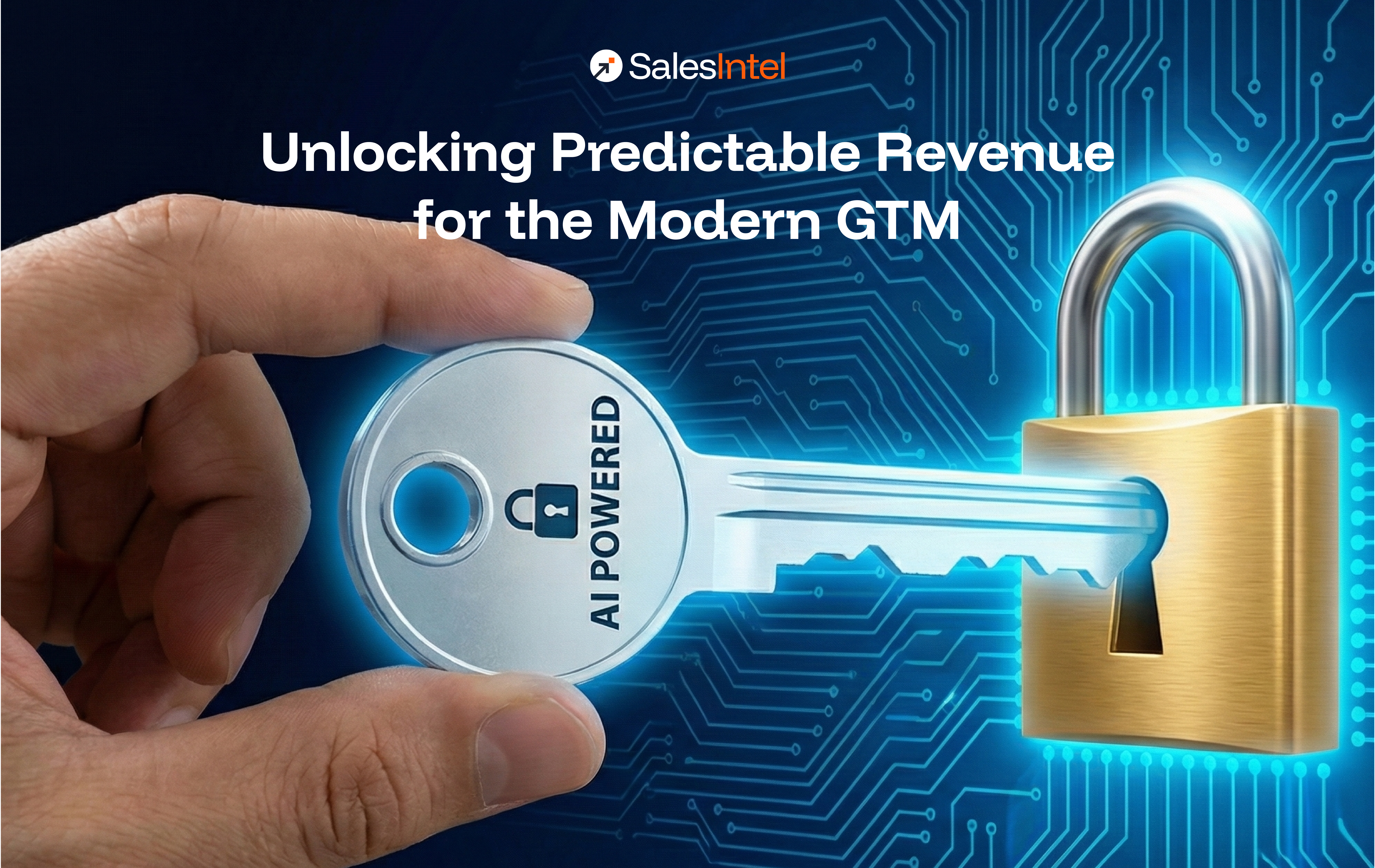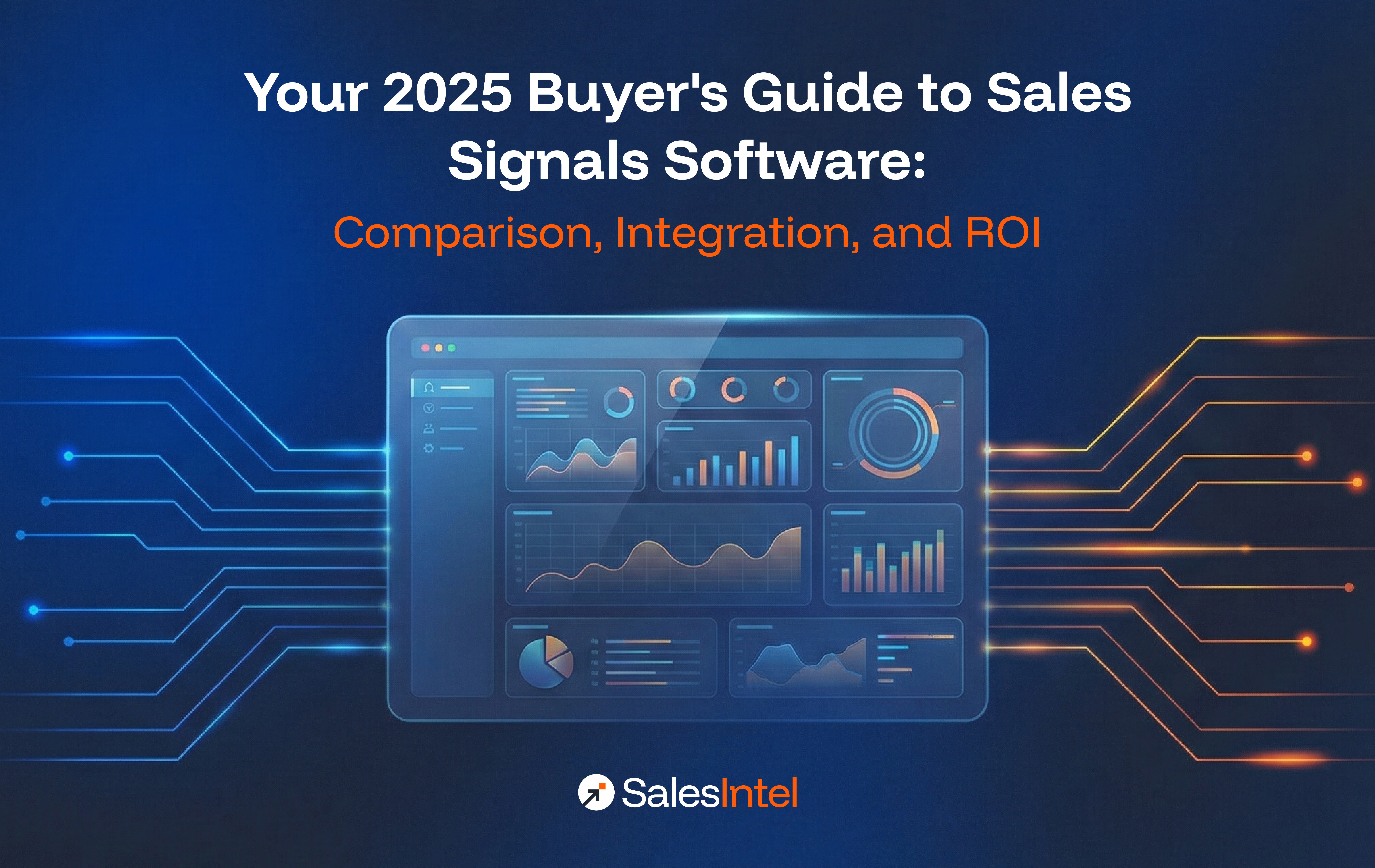Mastery of SaaS marketing in 2025 is all about striking a perfect balance between data, customer-centricity, and agility in moving forward within the fiercely competitive market. Indeed, the most successful SaaS companies are those that make every effort toward seamless customer experience, leverage insights for constant improvement, and adapt their strategies to evolving trends and technologies.
Acquiring and retaining, in a constant refinement of your tactics by the insights that come both from your users and performance data, will set a very firm foundation for further growth. In this article, we will discuss what you must consider to take your SaaS product to a new level.
What is SaaS?
Software as a Service (SaaS) is software where the user receives useful functions by subscribing to a website. That is, you pay for a certain period of time you use the platform, during which you can receive its services.
Today, we see the rapid spread of SaaS in all spheres of life:
- Leisure. Entertainment services provide products such as books, movies, TV series, and other video content. The most famous of them are Netflix, YouTube, Mybook, and others.
- Financial management. FinTech services help to keep records of income and expenses, automate accounting, etc.
- Professional activities. Niche professional services are useful tools for specialists. For example, marketers widely use services like SE Ranking, Plerdy, and SalesIntel to analyze competitors, social media pages, email campaigns, etc.
- Training. Learning platforms allow professionals from various fields to purchase courses, webinars, and conferences, use training and other useful materials, etc.
And this isn’t the whole list of spheres where SaaS penetrates!
What are the advantages of SaaS for users and business owners?
Advantages of using SaaS for users:
- no need to install software on a computer;
- the ability to choose tariff plans according to financial capabilities and needs;
- constant support from the service provider;
- relative ease of use.
Advantages of creating and promoting SaaS for business owners:
- regular income associated with the product feature – the subscription to the service must be renewed regularly, so it must be paid accordingly;
- no problems with the distribution of unlicensed software;
- the service requires attention and participation only when certain problems arise.
Using such services has advantages for both users and business owners.
What is the goal of SaaS promotion?
The goal of SaaS promotion is to attract and retain an audience that will benefit from using such a service. First, you need to decide on the following questions:
- Who will need it?
- What problems will it be useful for?
- Under what conditions will the audience want to use this particular product?
- What offer should be made to attract users?
The ultimate goal is to increase the customer base. The more subscribers a service has, the better it is for business. A fairly large amount of money is invested in the development and promotion of SaaS.
To recoup all the costs, you need to gain subscribers who will stay with the service for a long time.
Key Metrics for SaaS Marketing
To understand how effective SaaS marketing is, you need to rely on the following key metrics:
- MRR (monthly recurring revenue) is the total monthly revenue generated by service subscribers;
- CAC (cost of customer acquisition) is the cost you pay to get a customer;
- ROMI (return on marketing investment) is the ratio of marketing revenue to the cost of attracting this revenue;
- LTV (lifetime value) is the profit generated by a user over the entire period of time;
- Churn rate is a representation of the share of users who stopped using the product over a certain period of time;
- CRR (customer retention rate) is the level of retention of existing customers;
- CR (conversion rate) is a conversion rate that shows how many new users have become customers of the company;
- ARPPU (average revenue per paying user) is the average revenue per customer who buys the company’s product.
These are the main, but not all, metrics that help track and analyze the level of SaaS marketing.
What are the Specifics of SaaS Marketing?
This specificity consists of two main factors. First lies in the essence of the field of activity and the product itself. When exploring examples of SaaS, the specifics of SaaS marketing depend primarily on the understanding of the business itself, namely:
- Who does it target?
- What user problem does it solve?
- What makes this service better than its competitors?
The second factor is at what stage of development is the SaaS. We distinguish 2 stages:
- Hypothesis testing. At this stage, it is important to find out how useful and understandable this product is to users. Therefore, you need to show it to the audience, assess their ability to use the service and pay for it;
- Search for opportunities to scale the business. This process is quite specific because, for each project/product, a separate plan is built for looking for new users so that they are not too expensive.
In the latter case, one of the most important metrics is the CAC. As marketers, our task is to attract the required number of new users within an acceptable cost through the customer acquisition funnel.
How can we understand that the service will grow and bring more revenue to its owners? The number of new users and MRR will grow, and the CAS will be within the normal range.
How to Create a SaaS Online Marketing Strategy
The key to any successful SaaS marketing strategy is to tightly align the tactics with each stage of the product’s development. For SaaS, this generally means adapting based on whether you are testing hypotheses or scaling a proven product. Here’s a breakdown of the critical elements involved at each stage.
Stage 1: hypothesis testing — building awareness and user interest
If your SaaS product is at the hypothesis testing stage, your main goal should be to validate demand. That is, design a value proposition that will attract early users who give insight and initial feedback.
Key focus areas:
- Early adopters. Early adopters are crucial in giving you a hint of the potential use of your product by people and, later on, paying for it. To reach this crowd, consider channels where users are actively seeking new solutions: online communities, early access, and beta testing groups. Your offer should lead with the unique problem your SaaS solves and invite users to test it.
- Analyzing usage and willingness to pay. Track active usage of your product. Do they come back after the first session? Do they use all the features? Knowing these patterns will indicate whether people are seeing value. Also, track the conversion rate from registered to paid users. If the users are hesitant, try optimizing onboarding and explaining the value better.
- Conversion rate enhancement. It becomes, after realizing users are interested, a matter of conversion from free to paying customers. Using targeted prompts, free trials, or time-limited discounts is your strategy to promote conversions. This stage is where the real action in the SaaS journey starts.
Next, let’s move to a SaaS project marketing that scales.
Stage 2: scaling – expanding user base, retention, and feedback
Once your product is ready to scale, the goal goes from proof-of-concept to growth. SaaS marketers at this stage are focused on acquiring new users, retaining existing users, and capturing feedback to improve their service offerings over time.
Acquiring new users
You’ve identified that there is, in fact, a market for your product. The next goal would be to attract new customers who most likely use similar services currently. You can:
- Find your audience’s gathering spots. Your audience is most likely centralized around online hotspots. These could be industry-specific forums, LinkedIn groups, or niche social media channels. Advertise in them or post organically in these channels about pain points common to each. Explain to them how your product outperforms the alternatives.
- Offer incentives to switch. It’s hard to sell users on switching from a competitor’s SaaS tool. Employ testimonials, case studies, or feature comparisons to drive across the unique value of your product. Discounts, longer free trials, or extra onboarding will also make switching more appealing.
- Optimize ad placement. Ad placement is as important as the ad itself. For SaaS, placing advertisements where potential users are likely to explore solutions is often critical. Think beyond standard ad placements through the use of retargeting on websites your audience frequents or by partnering with industry-specific publications for banner ads.
Once your ads go live, start paying close attention to performance metrics such as click-through, conversion rates, and CPA. They will inform you where you can constantly optimize both ad placement and content. You can also do some A/B testing in order to fine-tune what exactly works with your potential users. This iterative approach will make sure your ad spend goes to strategies that actually drive new user acquisition.
Retain current users
Improving MRR is not just about getting more sign-ups; it’s about retaining them, which is equally important. Retention methods are necessary for any SaaS marketing and quite often include content that keeps the service top of mind. You must:
- Establish a customer success program. Beyond content, a dedicated customer success strategy can greatly improve retention. This can be in the form of regular check-ins, webinars, or personalized support to proactively ward off problems. People stay when they feel valued and cared for.
- Deploy a content marketing strategy. Content marketing keeps your brand visible and relevant: send out newsletters with regular updates, create insightful blog posts, and also share educational resources via social media. The point here is to remind users of the ongoing value provided by your service. People don’t churn from a product to which they continually engage with meaningful content.
These tactics help to keep in touch with the user. Then, a person who uses your SaaS product is less likely to switch to another service because they will remember what they use and because the service constantly offers something interesting.
User feedback collection and actionability
Scaling is not just about growth; it’s also about honing and perfecting. Continuous improvement requires feedback from users who can guide the product’s evolution. You can use:
- Surveys and interviews. Regularly take surveys from your users to understand what they love and where they see room for improvement. You can conduct interviews or distribute simple in-app surveys. Pay special attention to feedback around features, user experience, and areas where users think the product could improve.
- Implement changes based on feedback. In fact, feedback is even much more powerful when acted upon. Implement feature requests that resonate with a broad user base and fix pain points that keep emerging in feedback. This way, it shows users that you actually listen to their needs and, hence, can be trusted and counted on for loyalty.
This combination fuels loyalty, keeps users engaged, and strengthens your SaaS brand’s foundation for long-term success.
Conclusion
The approach to SaaS marketing strategy will evolve with the product. In the early stages, it’s all about learning and converting a curious audience into paying users. As your product matures, focus on attracting a larger user base, retaining existing customers, and continuously gathering feedback to refine your offering. Each of these steps at the right time creates a sustaining growth engine for companies, fueling long-term success.
BIO:
Haley Osborne is an active freelance writer. She is interested in management, web design, and writing. Regularly touches on the topics of self-development and modern trends. Her goal is to provide quality and inspiring content.




